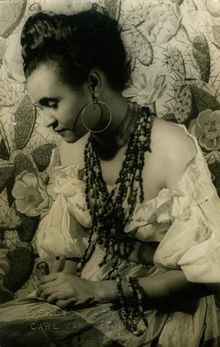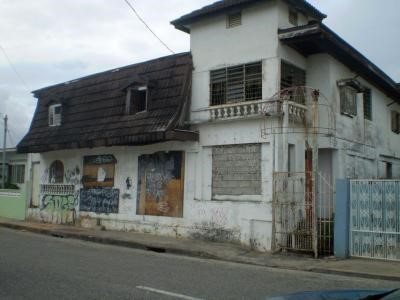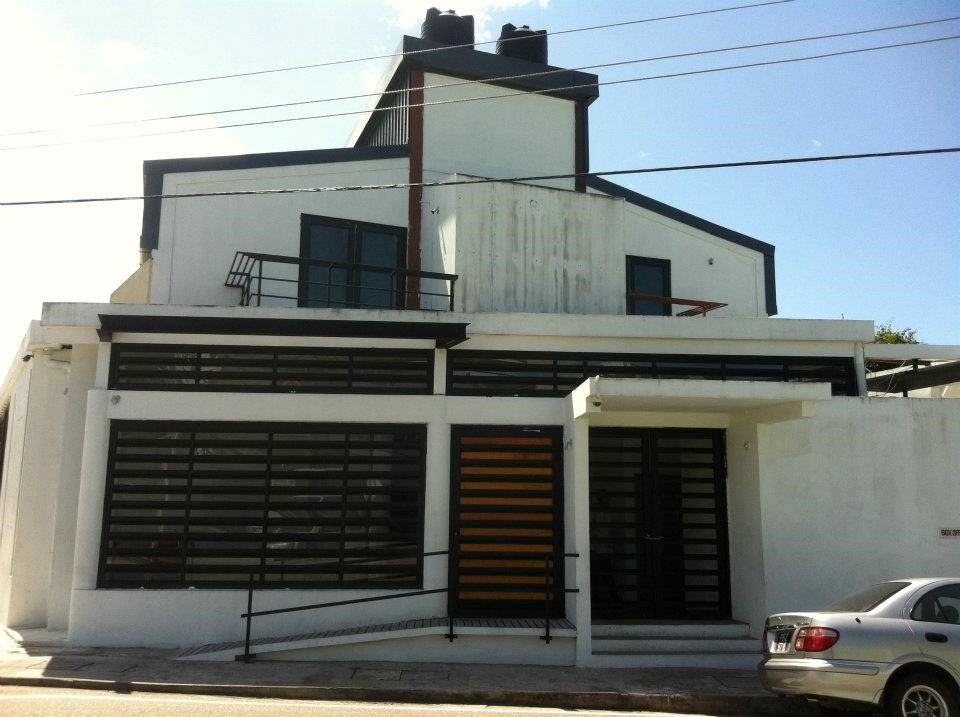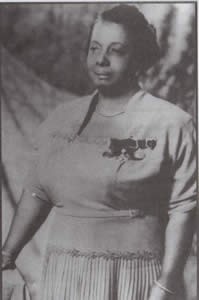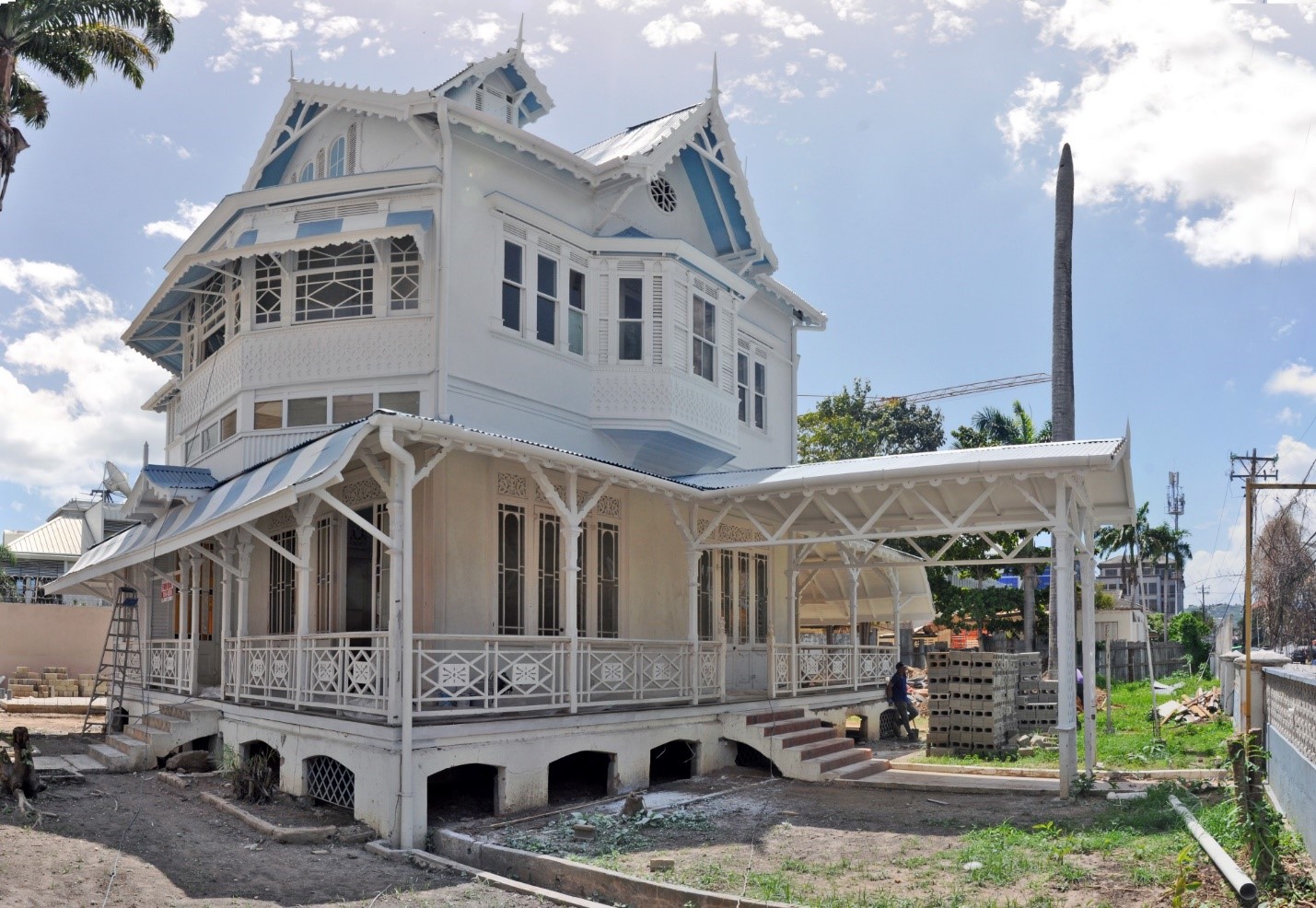Written by Tiy Cross-Lovelace
Beryl McBurnie (2nd November 1913 – 3rd March 2000)
From a young age, McBurnie had a passion for dance and performance. She participated in plays and dances regularly at her Alma Mater Tranquility Girls School, Port of Spain. When she left Tranquility, McBurnie continued to hone her dancing skills, and developed her piano skills and her singing voice. She yearned to dance the way the folk of Trinidad and Tobago once danced, and toured the country with folklorist Andrew Carr.
In 1938, she enrolled at Columbia University, New York where she studied American modern dance and eurythmics. She also taught Trinidadian dance at the New Dance group, including Shango chants, the bongo and the kalinda. In 1940, McBurnie returned to Trinidad and put on a show A Trip through the Tropics where she combined Caribbean and Brazilian dances with a modern dance twist.
In 1941, she returned to New York, where she lived until 1945. During this time, she performed under the stage name “La Bella Rosette” at the Museum of Modern Art, The Brooklyn Academy of Music, The 92nd Street Y, The winder Garden Theatre, Broadway and more. She also used this time to complete 2 further periods of study at Columbia University – she studied Dramatic Arts, Painting, Music, and other creative arts courses.
In 1945, McBurnie returned to Trinidad. In 1948, she established the first permanent folk dance company and theatre in Trinidad, The Little Carib Theatre. Between 1950 and 1952, she toured England, Europe and North Africa. Over the course of her life, McBurnie meticulously researched much of the lost heritage of Trinidad and Tobago, recalling French, African and Venezuelan roots in music and dance. She was awarded The Order of the British Empire in 1959, The Hummingbird Gold Medal in 1969, an Honourary Doctorate of Laws by the University of the West Indies in 1979, and The Trinity Cross in 1989.
Associated Heritage Sites:
- Beryl McBurnie House (recently demolished)
- The Little Carib Theatre – still in use
Audrey Lane Jeffers (12th February 1898 – 24th June 1968)
Jeffers was a Trinidadian social worker, and the first female member of the Legislative Council of Trinidad and Tobago. She came from a comfortable upper middle-class Afro-Trinidadian family, who lived in the suburb of St Clair. Her father, Henry Jeffers was an established lawyer and three term member of the Port of Spain City Council. She attended Tranquility Girls Practising School, and went to England at the age of 15 to continue her studies. There, Jeffers pursued a diploma in social science at Alexander College in North London, she was a founding member of the Union of Students of African Descent. During World War I, Jeffers worked among West African troops and set up a West African Soldiers’ Fund with many contributions from West Indians.
On her return to Trinidad in 1920, Jeffers started a junior school at her home, Briarend. In 1921, Jeffers established the Coterie of Social Workers in Port of Spain. In 1926, the Coterie opened a “Breakfast Shed” in Port of Spain to provide hot meals for underprivileged children. In the following years, several other similar shelters were set up all over Trinidad and Tobago. In 1928, the coterie set up the St Mary’s Home for Blind Girls, the Maud Reeves Hostel for Working Girls in 1935 and a day nursery for working mothers.
In 1936, the coterie hosted a conference of British West Indies and British Guiana Women Social Workers. Jeffers delivered the opening address and used this opportunity to recommend that these women set up a regional federation to further their work.
In that same year, Jeffers became the first woman elected to Port of Spain’s City Council as an independent candidate for the western ward, backed by Trinidad Labour Party.
Jeffers was later given the title of Mother of Philanthropy and posthumously awarded the Chaconia Gold Medal for Social Service in 1969. In the early 1980’s, a 3.4km 4-lane highway was built between the Hasely Crawford Stadium and the Cocorite area. It was named the Audrey Jeffers Highway in honour of this great woman.
Associated Heritage Sites:
- Audrey Jeffers House/Briarend
Bibliography:
- Connor, Pearl. The Guardian, https://www.theguardian.com/news/2000/apr/29/guardianobituaries1
- Encyclopedia of African-American Culture and History, https://www.encyclopedia.com/history/encyclopedias-almanacs-transcripts-and-maps/mcburnie-beryl:
- Rappaport, Helen – Encyclopedia of Women Social Reformers, 2001.
- Citizens for Conservation – Audrey Jeffers House/Briarend Dossier For Listing
Additional Reading:
- http://www.caribbean-beat.com/issue-94/flowering-la-belle-rosette-beryl-mcburnie#axzz58ySAQOc1
- http://www.caribbeanmemoryproject.com/mc-burnie-beryl.html#/

